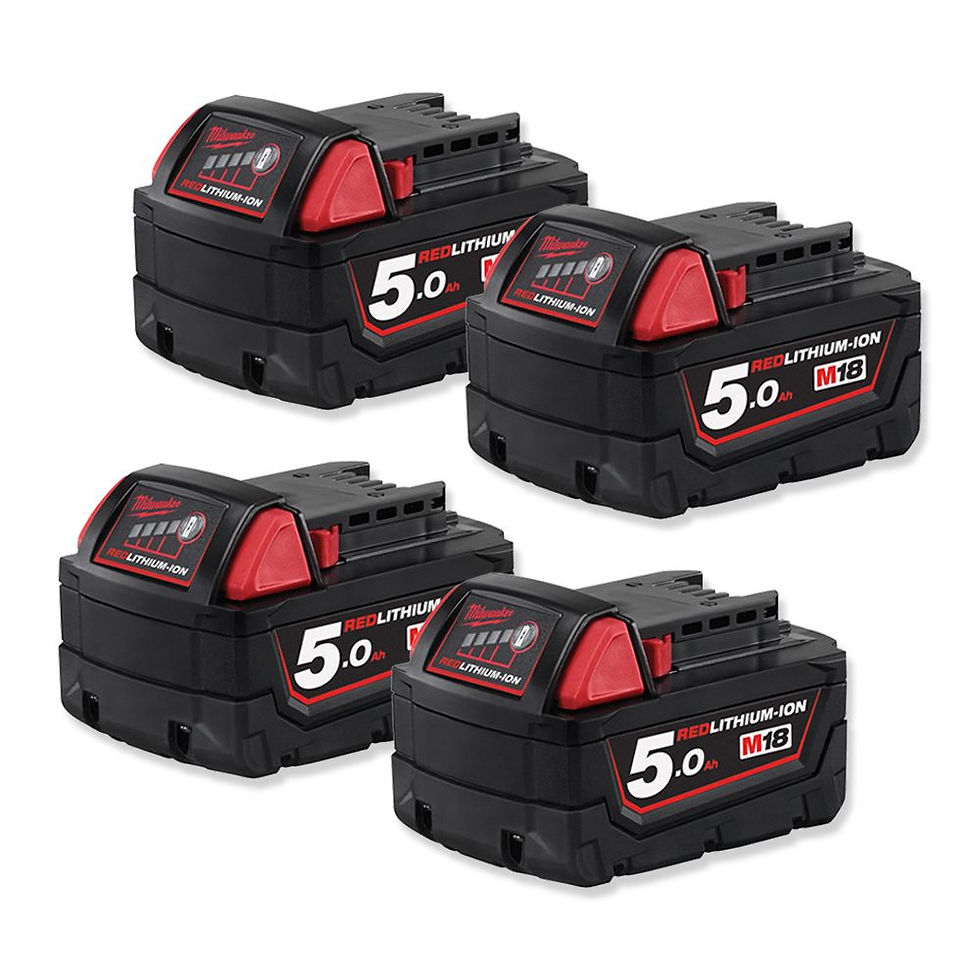The Real Reason Most People Quit DIY (and How to Avoid It)
- Elevated Magazines

- Oct 16
- 3 min read

We’ve all been there — halfway through a home project, surrounded by tools and timber, wondering why we ever started in the first place. What began with excitement and inspiration slowly turns into frustration and self-doubt. For many people, that’s where their DIY journey ends. But it doesn’t have to.
The real reason most people quit DIY isn’t a lack of skill or creativity — it’s overwhelm. Between unclear plans, poor results, and unreliable equipment, even the simplest project can feel like too much to handle. The good news? A few practical changes can turn the experience from stressful to satisfying. Investing in the right gear, such as dependable Milwaukee power tools, is often the first step to making the process smoother and more enjoyable.
Why DIY Feels Harder Than It Should
When people start DIY projects, they’re often full of enthusiasm — until something goes wrong. Maybe the measurements don’t line up, the paint doesn’t dry evenly, or the drill stops working mid-task. It’s not the mistake itself that causes frustration — it’s how quickly small problems pile up.
Three main factors usually lead to DIY burnout:
Unrealistic expectations – Social media makes home projects look quick and flawless, but those “before and after” shots often skip the messy middle.
The wrong tools for the job – Cheap or underpowered equipment slows you down and produces poor results.
Lack of structure – Without a clear plan, even simple projects can spiral into chaos.
Understanding these pitfalls makes it easier to approach your next project with patience, preparation, and the right mindset.
The Power of Good Tools
DIY is a lot like cooking — you can follow the same recipe as a professional chef, but if your ingredients and equipment aren’t up to par, the outcome will be disappointing. Tools work the same way. Using high-quality, well-designed gear helps you get better results with less effort.
For example, a powerful drill with a steady grip allows cleaner holes and smoother finishes. A good circular saw cuts straighter and safer. These differences might seem small, but they add up — especially over time. Reliable tools not only improve your results but also reduce the physical and mental strain that leads to burnout.
You don’t need a garage full of equipment to see results. Start with a few essentials — a cordless drill, a sander, and a saw — and build your collection gradually. Each tool should make your projects easier, not more complicated.
Planning: The Step Most People Skip
It’s tempting to jump straight into a project once you’ve got the idea, but skipping the planning phase is one of the biggest reasons DIY becomes stressful. Proper planning prevents mid-project surprises and saves you both time and money.
Here’s a quick framework to help you plan like a pro:
Define the goal: Know exactly what you’re building or fixing. Visualise the final look.
List your materials: Write down everything you’ll need, from wood and screws to paint and sandpaper.
Estimate your time: Break the project into smaller steps with realistic timelines.
Prep your space: Clear a work area and organise your tools before you begin.
When you start a project with clarity and structure, it’s easier to stay motivated and finish strong.
Learn to Pace Yourself
DIY is supposed to be enjoyable — not a race. Many people quit because they try to do too much in one sitting. Fatigue sets in, mistakes happen, and confidence fades. The key is pacing.
Try these small changes:
Work in short, focused bursts instead of long, exhausting sessions.
Celebrate progress — even small wins like finishing one section.
Take breaks to reset your focus and prevent frustration from building.
Accept imperfections. Every project is a learning experience.
Progress, not perfection, is what turns DIY from a chore into a rewarding habit.
Keep It Fun and Functional
At its best, DIY gives you a sense of pride that few other hobbies can match. Whether you’re fixing a leaky tap, building a garden shelf, or revamping a room, every project you complete builds confidence.
To keep the fun alive:
Choose projects that fit your skill level.
Work with tools you enjoy using.
Involve family or friends — teamwork keeps motivation high.
Reflect on what you’ve learned after each project.
DIY doesn’t have to be perfect to be worth it. It just has to work — and work for you.
When you combine solid preparation, realistic expectations, and dependable tools, you’ll find that those frustrating half-finished projects become a thing of the past. You’ll not only finish what you start but actually look forward to starting the next one.
